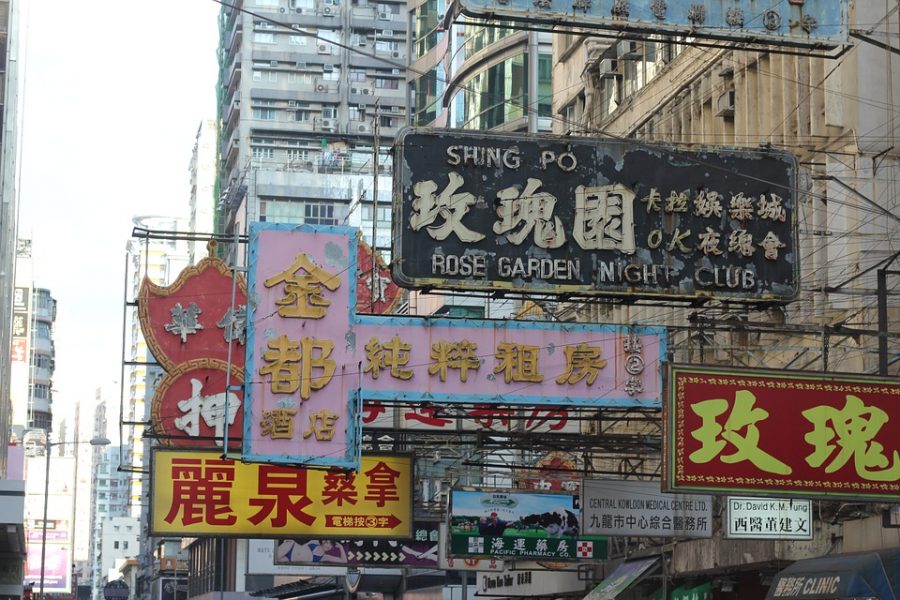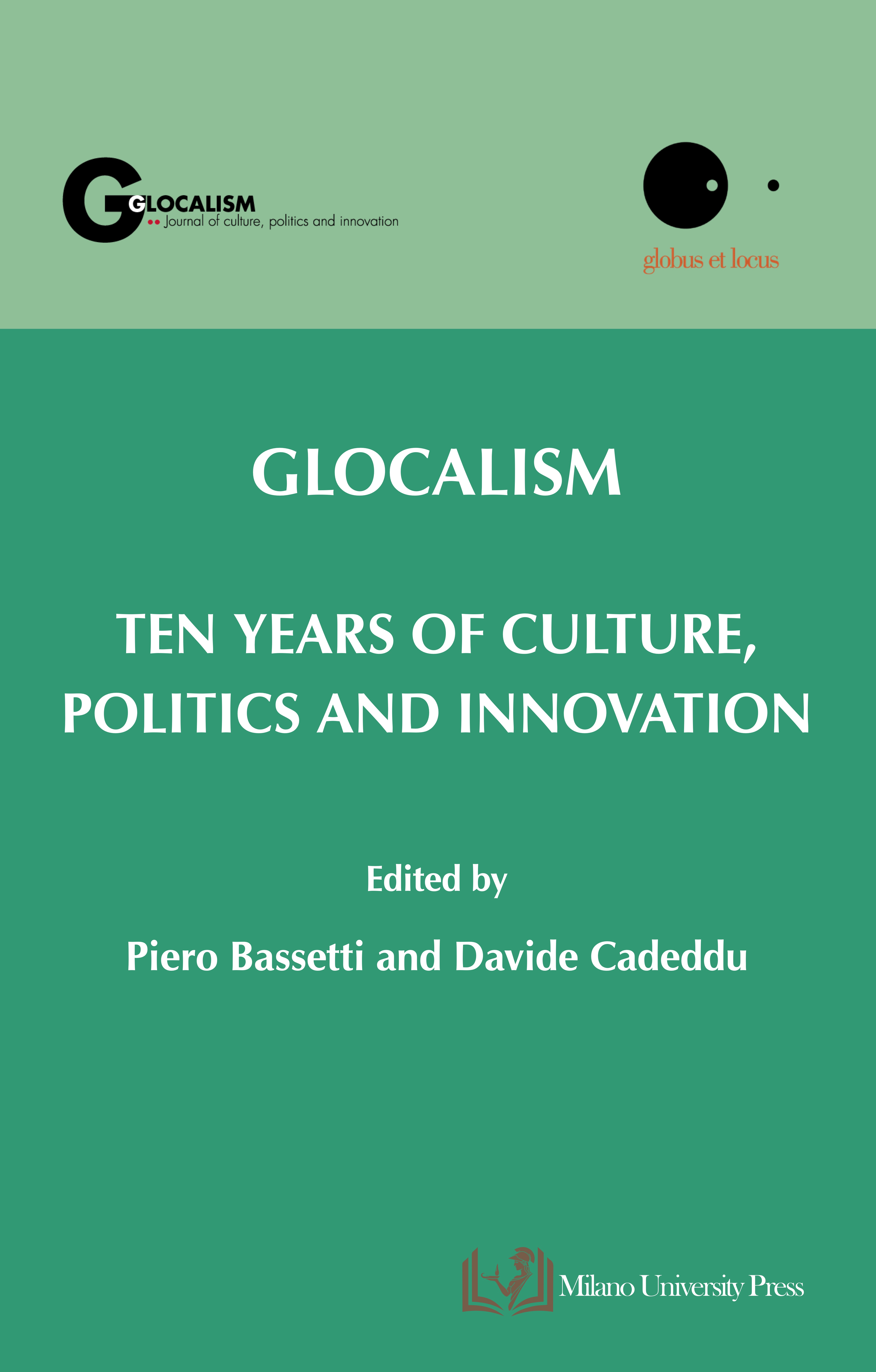Supermodernity, distraction, schizophrenia: walking in Tokyo & Hong Kong
DOI:
https://doi.org/10.12893/gjcpi.2014.3.9Keywords:
anthropological place, allegory, spectacle, non-place, prostitutionAbstract
The architecture in a supermodern city has no sense of the place where it is located. This paper discusses how schizophrenia and distraction, through walking, respond to supermodernity by referring to how three dislocated subjects, Fumiya Takemura, Aiichiro Fukuhara and Fai in Tokyo and Hong Kong, are respectively depicted in the novel, Adrift in Tokyo written by Fujita Yoshinaga in 1999, with a film adaptation by Satoshi Miki (2007), and the film To Live and Die in Mongkok directed by Wong Jing in 2009. It suggests that Hong Kong is more supermodern than Tokyo. After his release from prison, Fai in To Live and Die in Mongkok finds that Mongkok is a completely different place from the one in which he used to live. The living conditions are no better than those in the prison. He hallucinates about the past. Adrift in Tokyo can be read as a story about walking. Fukuhara, a debt collector, killed his wife; before surrendering to the police, he orders his debtor, Takemura, to walk with him in Tokyo in order to re-experience the walks he enjoyed with his wife. If Takemura agrees, the debt can be paid off. This paper discusses how the repressed heterogeneous time and place can be approached by walking in a way that the rhythm of life can be (re-)experienced; in other words, when the body moves forward physically, the past appears as specter haunting the walker. This paper discusses how Adrift in Tokyo and To Live and Die in Mongkok read cities in distractive and schizophrenic ways. In the film version of Adrift in Tokyo, Takemura’s failed relationship with his father may unconsciously drive him to walk with Fukuhara. The novel may imply that the lost relationship with his mother drives him to walk. The film and the novel both address a kind of locality which should be inseparable from the birth parents. To Live and Die in Mongkok suggests that supermodernity kills mother and father. The Father-son relationship disappears at the very beginning of the film; the mother-son relationship has been segregated by prison (Fai’s mother, who has been “imprisoned” in Mongkok, a supermodern “prison”, is disconnected from her son who is imprisoned in Stanley, a real prison) and, in the end, by life and death. To Fai, walking is not possible, and, hence, a father-son relationship cannot be “cosplayed”, as Takemura and Fukuhara do. They can “play” as father and son in the ordinary Tokyo. A supermodern Mongkok suggests that an unwalkable city is a prison, a brothel and a madhouse; Adrift in Tokyo suggests that a walkable city is a cosplay arena for wandering, for approaching a lost relationship nurtured in locality since birth.
Downloads

Downloads
Published
Issue
Section
License
Copyright (c) 2014 Ian Ho -Yin Fong

This work is licensed under a Creative Commons Attribution-ShareAlike 4.0 International License.










